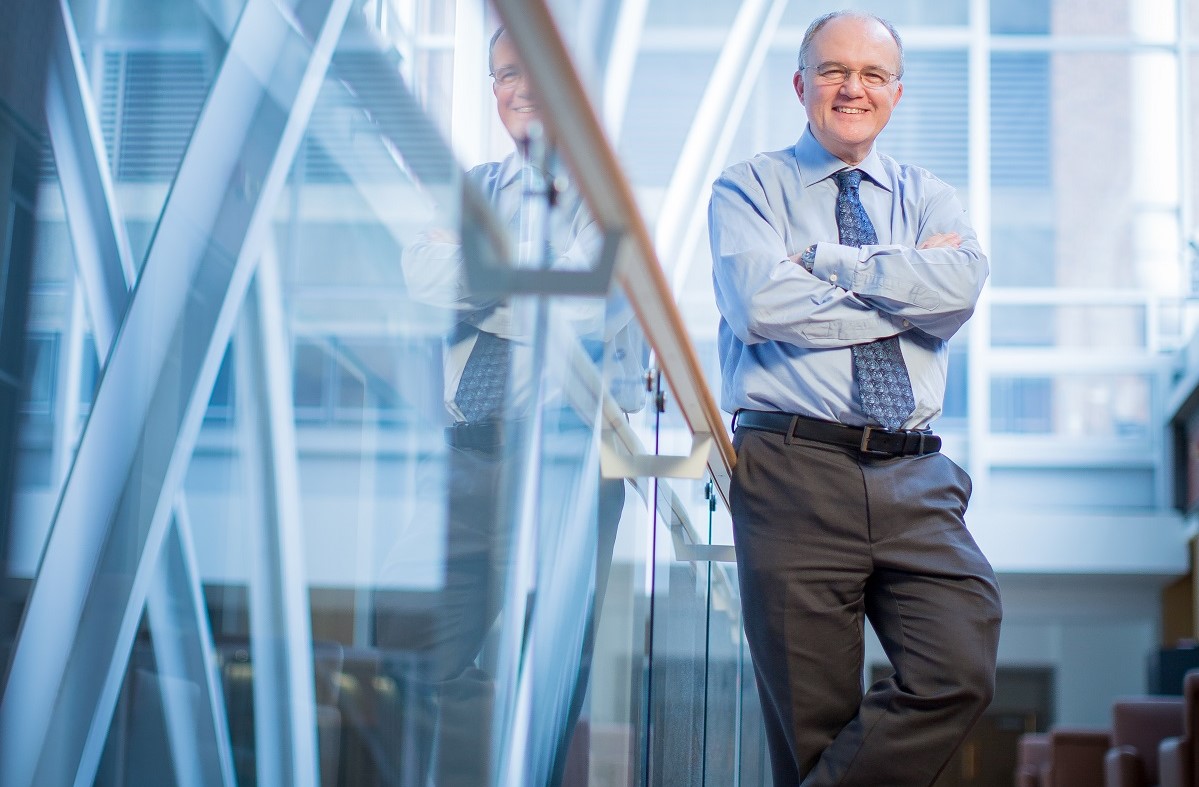Explore our state of the art home at the Krembil Research Institute, University Health Network.
READ MORE
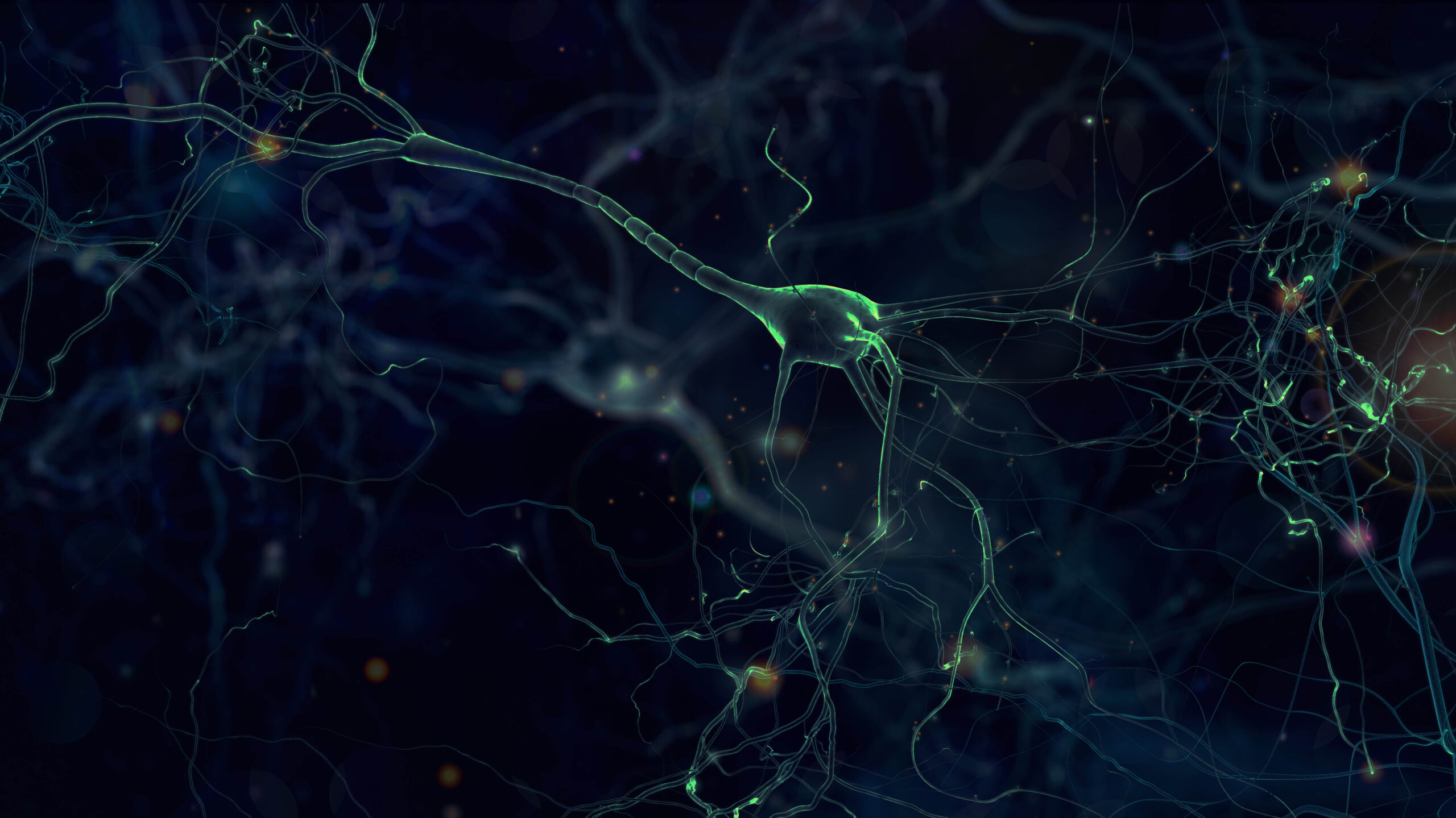
Your brain is what makes you, you!
Here's what we're doing to protect it!
Our Search for A Cure
Our aim is to create a drug that will stop Alzheimer's in it's tracks. This process starts with identifying drug targets within the neurons of the brain, and ends with the synthesis and testing of a new chemical entitiy. This involves:

Computational Chemistry
We use a range of computational chemistry techniques, including molecular modeling to quantum mechanical dynamics to predict what and how molecules will interact with Alzheimer's Disease Pathologies.
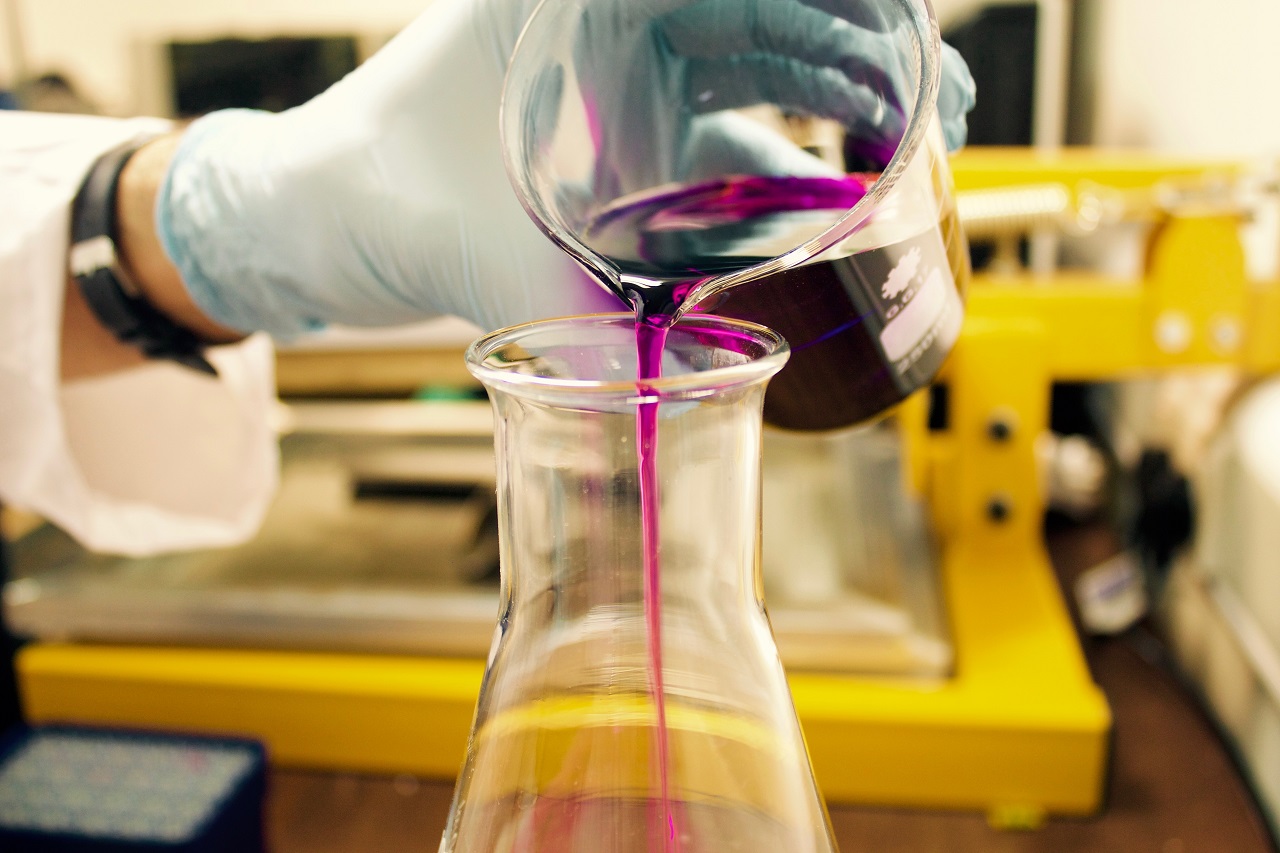
Synthetic Organic Chemistry
We take promising theoretical candidates and chemically synthesize and purify them. We make dozens of these potential drug-candidates every week.
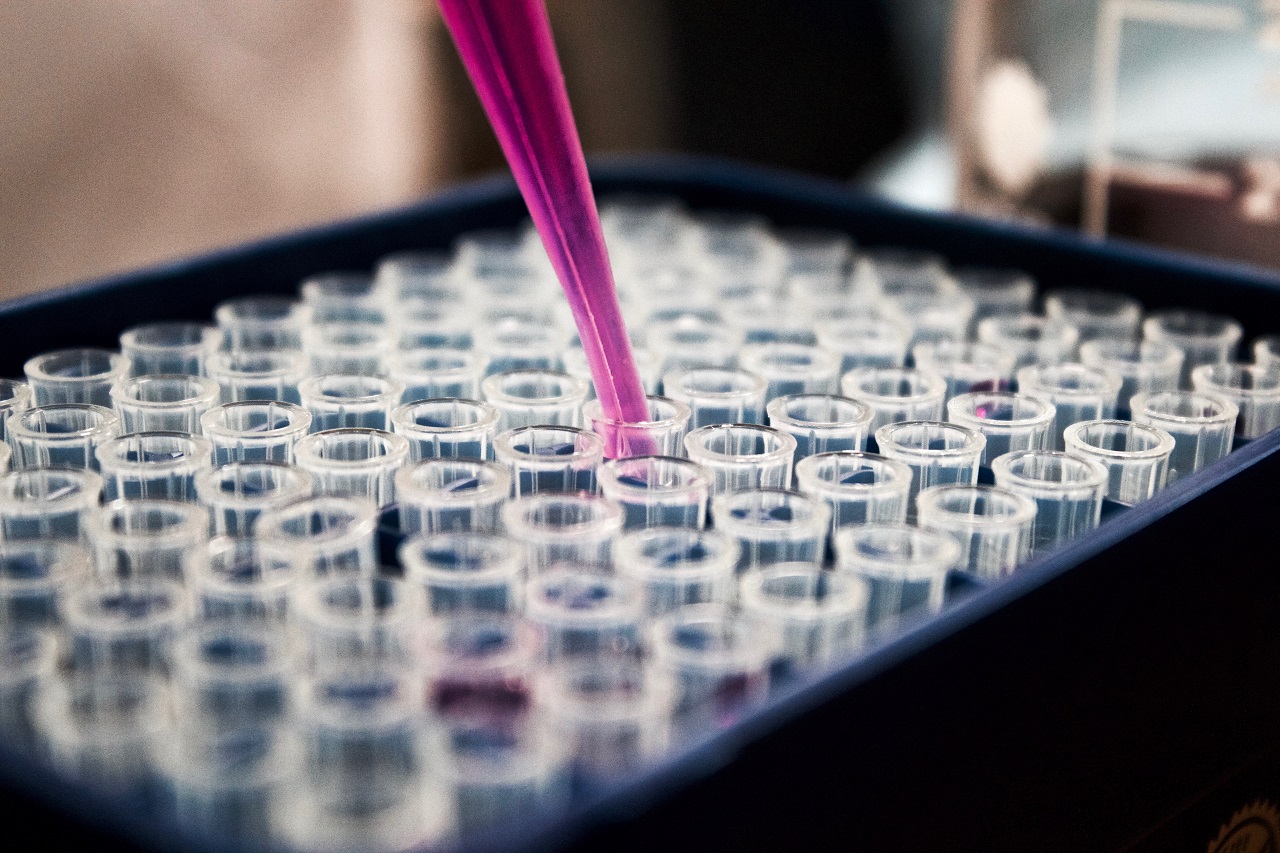
Molecular Biology
Our biologists then test these compounds in a variety of assays to prove that they work and that they're safe to use.
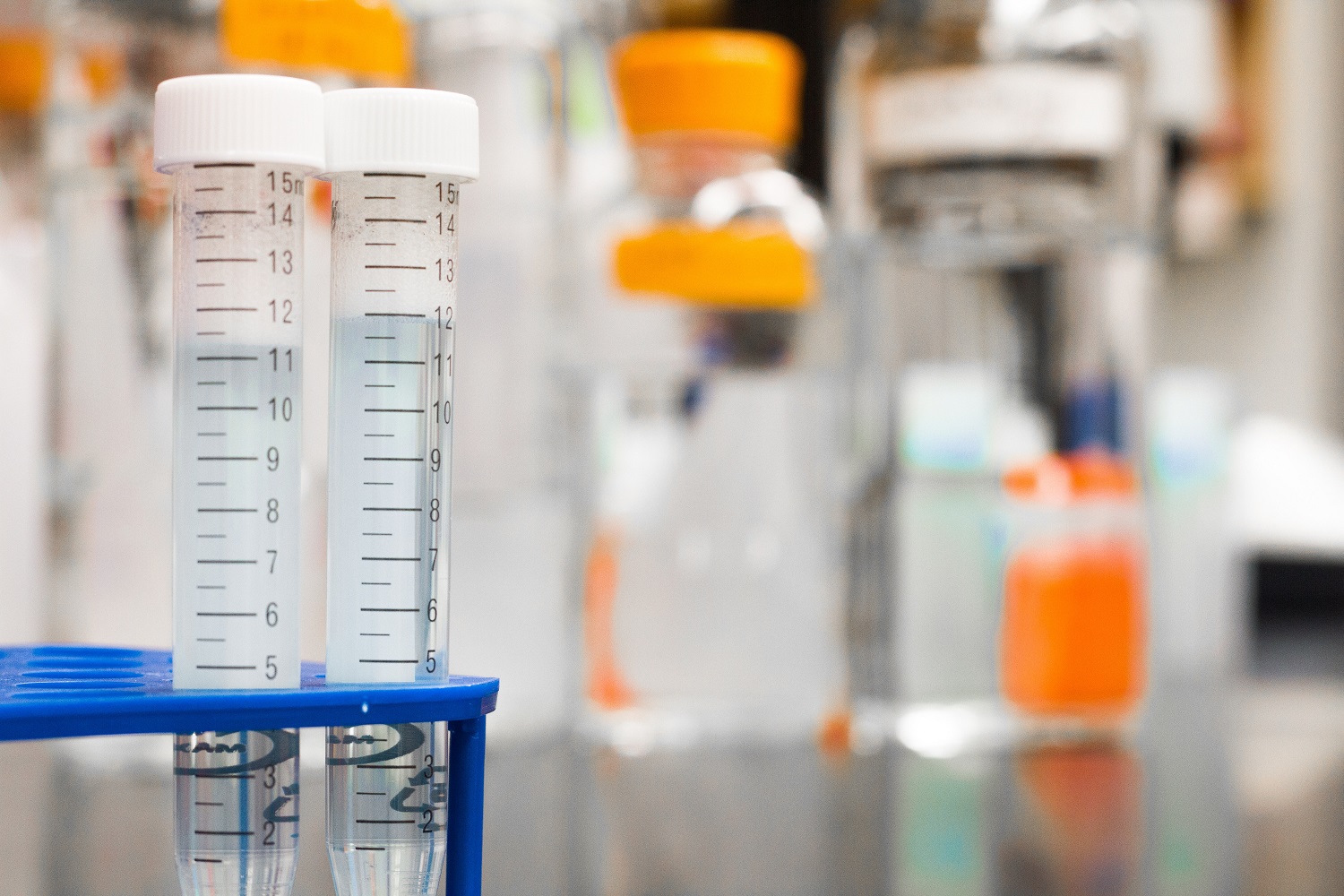
Pharmacology
Successful molecules then undergo a battery of pharmaceutical tests to observe how the body will digest and process these molecules. Drugs that show exceptional parameters here then go on to human trials.

Learn more about our current research projects.
Our Lab and Facilities
Our lab includes diverse experts and trainees from multiple scientific disciplines as well as comprehensive organic chemistry, cellular biology and spectroscopy facilities.
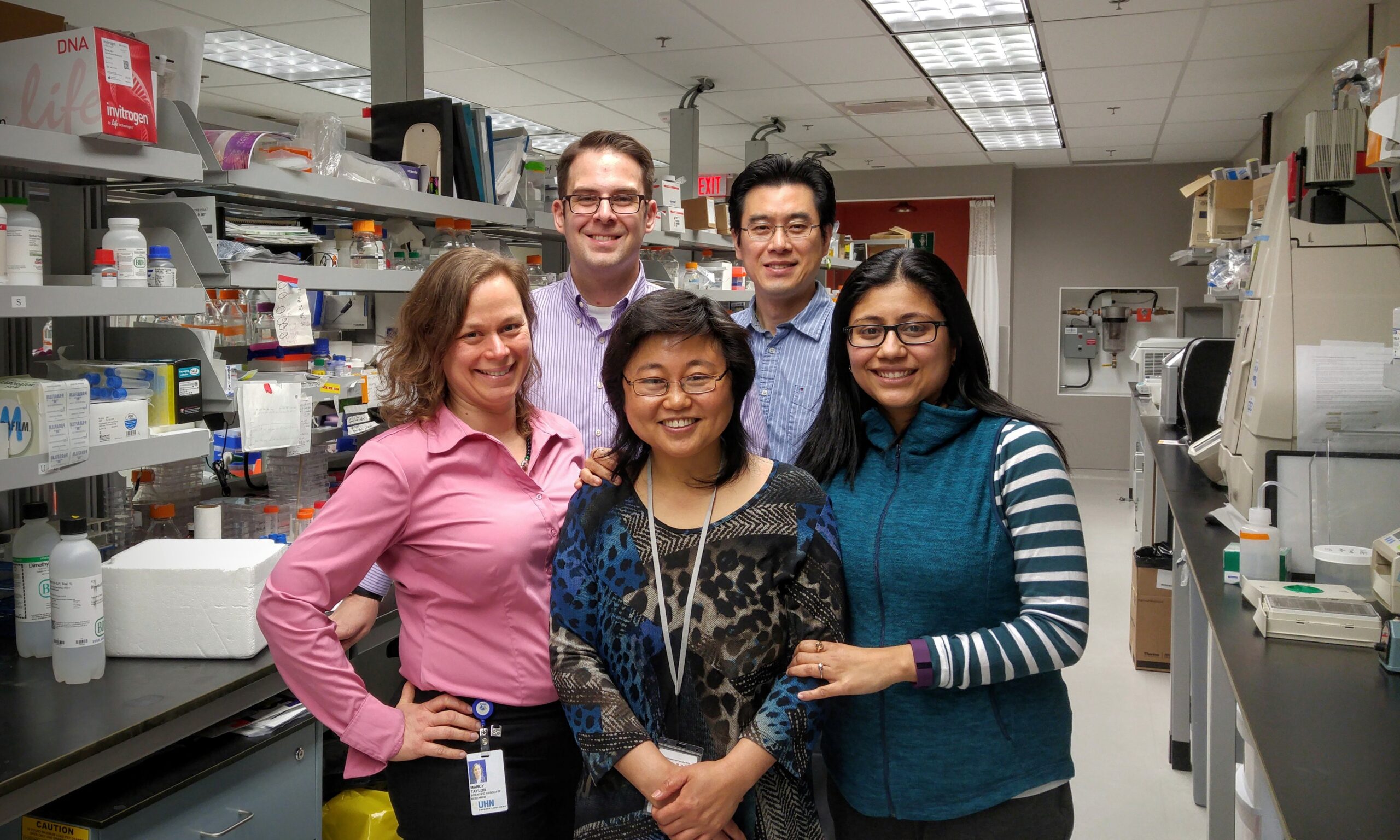
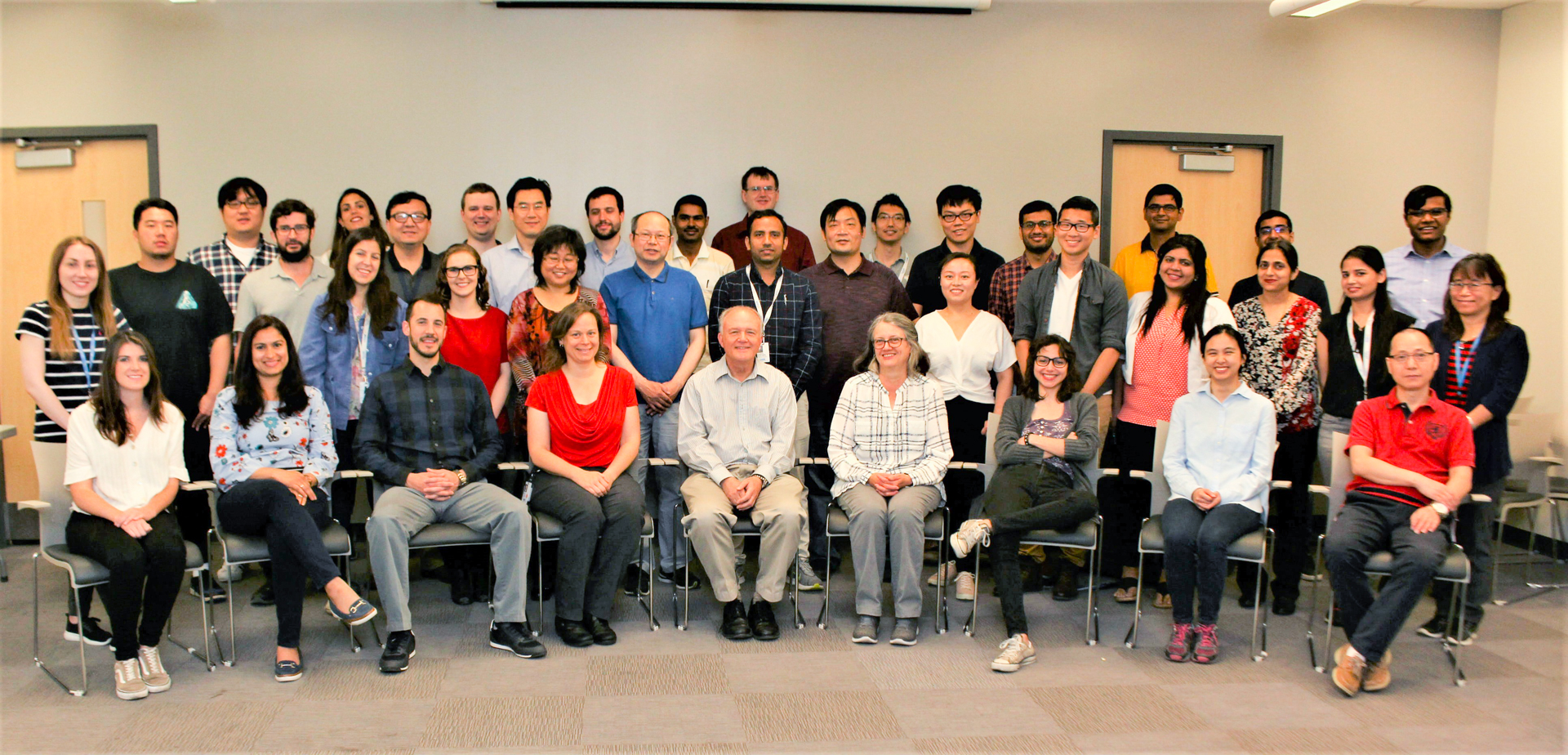
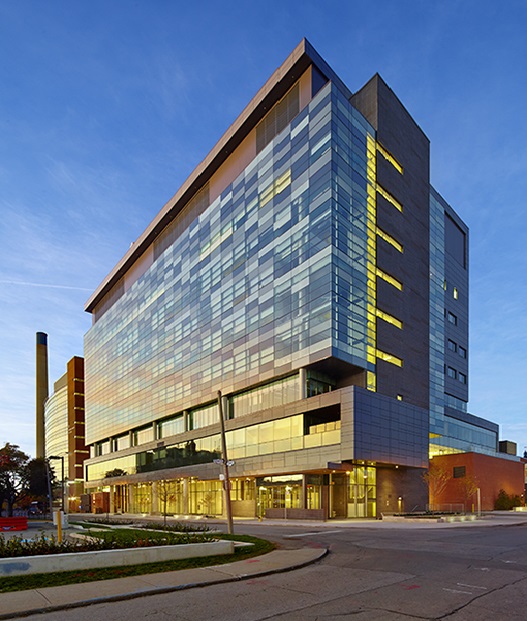
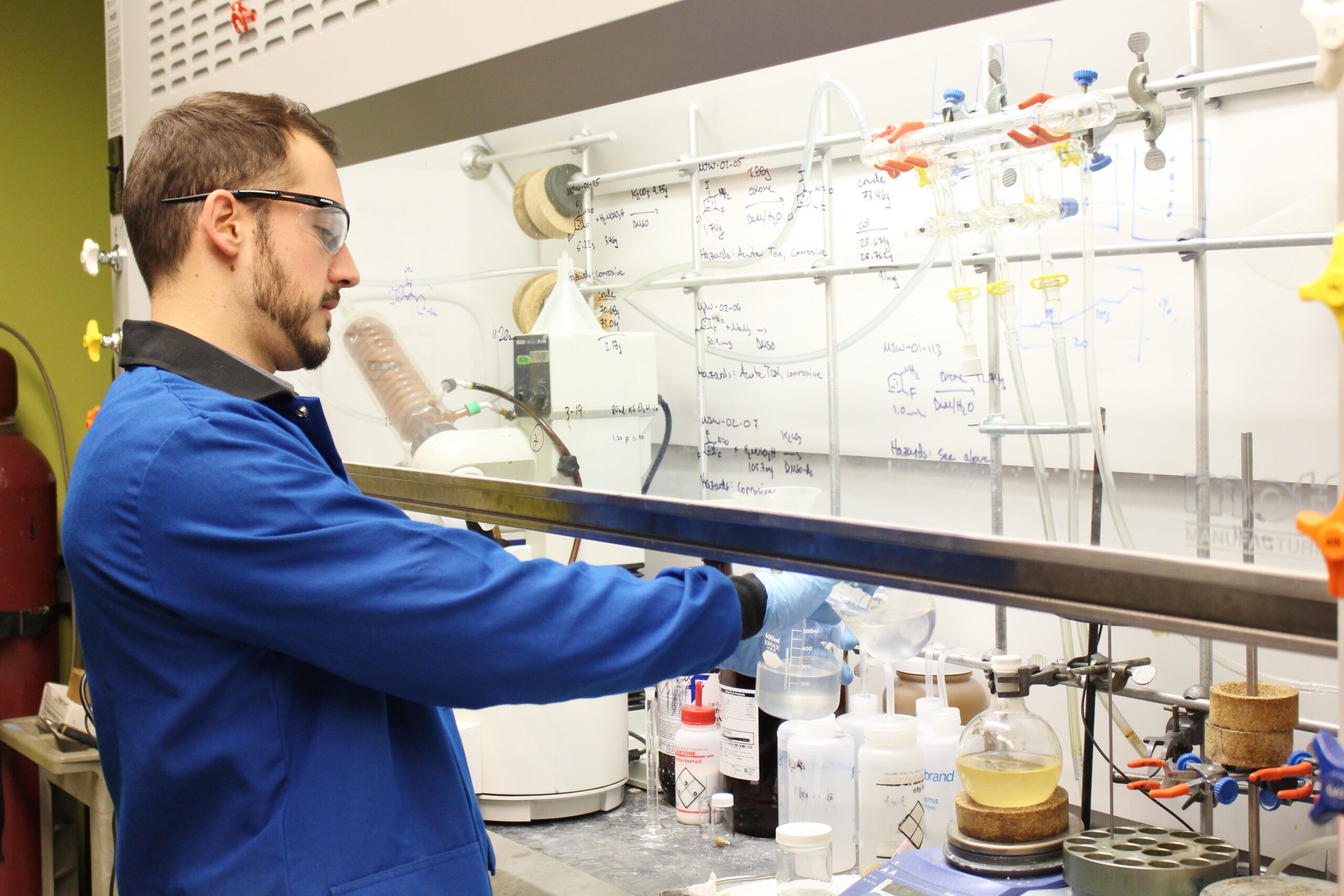
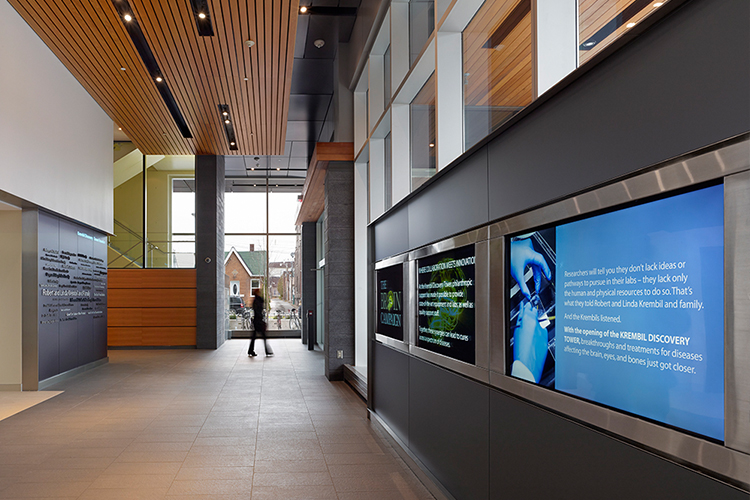
Why Alzheimer's Disease?
Alzheimer's disease has been one of medicine's most persistent and frustrating diseases. Over the past two decades, nearly 400 clinical trials tackling various aspects of Alzheimer's dementia have failed to show any significant effect. This leaves nearly 50 million patients with dementia with no treatment as they tackle a progressive deterioration of their memory, cognition and executive function. As our population gradually ages, estimates predict this number may rise to over 150 million in the next 30 years.
Today, we are appreciating the complexity of Alzheimer's disease as a multi-factorial disorder of inflammation, protein misfolding, energy dysregulation and much more. Ultimately, the cure will likely have to be similarly multifaceted and attack the disease on multiple fronts. This is our goal, and this is what we are working relentlessly to find.
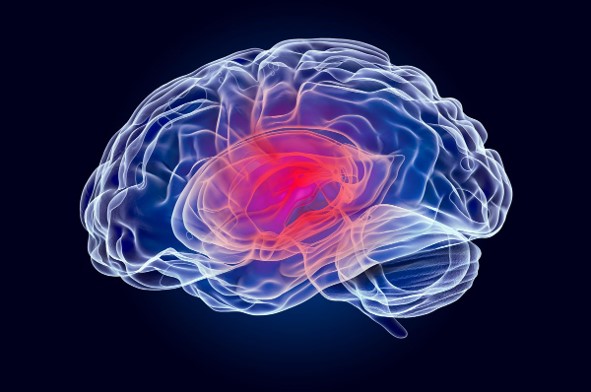
25000
New Cases (per year)
150
Million Patients with Alzheimer's by 2050.
10
Billion Dollars Expended per Year
564000
Currently living with Alzheimer's
Our Latest News
Catch up with some recent updates from our lab.
Fighting COVID-19 with Blood Pressure Medications
Early findings from our lab suggest that the widely used diruretic Furosemide may have some value in managing the symptoms […]
How Coffee May Protect Against Alzheimer’s and Parkinson’s
Drinking coffee could possibly protect against developing both AD and PD.
Alzheimer’s Drug One-Step Closer to Reality
Major deal to develop Alzheimer’s drug shows UHN is a world leader in neuroscience research.





